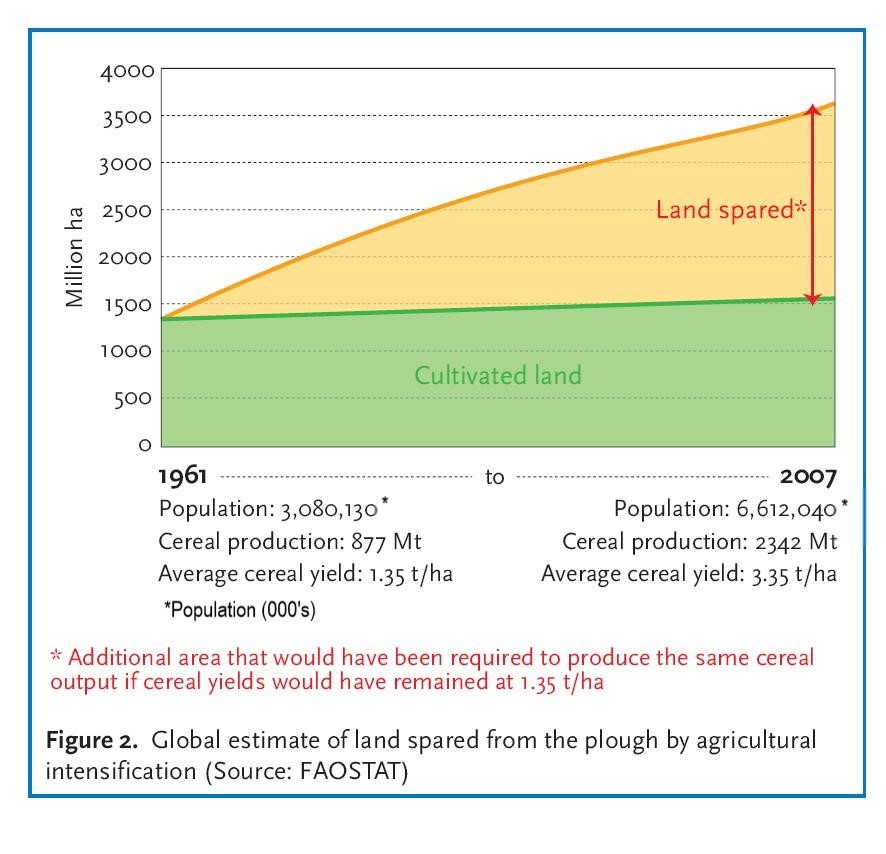The FAO estimates that 80% of future increases in food production will be due to improved productivity, rather than from clearing forests and reserves for farmland. The FAO has estimated that more than 33% of the improvement in cereal yields in the 70s and 80s was due to fertilizer use (www.fao.org). Unless world population growth stops, or most people change their diets, the world can only feed its population by either intensifying agriculture or by converting more land from natural eco-systems like rain forest into agricultural production.
Intensification, with higher yields of food per hectare of land, means that more nutrients must be replaced to maintain sustainable land use. Fertilizers underpin all productivity and it is clear that fertilizers really do feed the world.
The sustainability of agriculture requires that the nutrients removed from the soil in food and fibre are replaced; if they are not, then soils will become unproductive, ground cover will be reduced and the risks of erosion and desertification are increased. However applied nutrients can also cause environmental problems if there are losses to waterways or the atmosphere.
The graph plots the increase in cultivated land from 1961 to 2007 (green line). Whilst the increase is less than 20%, in the same period yields have increased from 1.35t/ha to 3.35t/ha or 250%. Over the same period the population has more than doubled, from 3 billion to 6.6 billion. The increase in crop yield has allowed us to feed a much larger population without taking more land into agricultural production.

Next